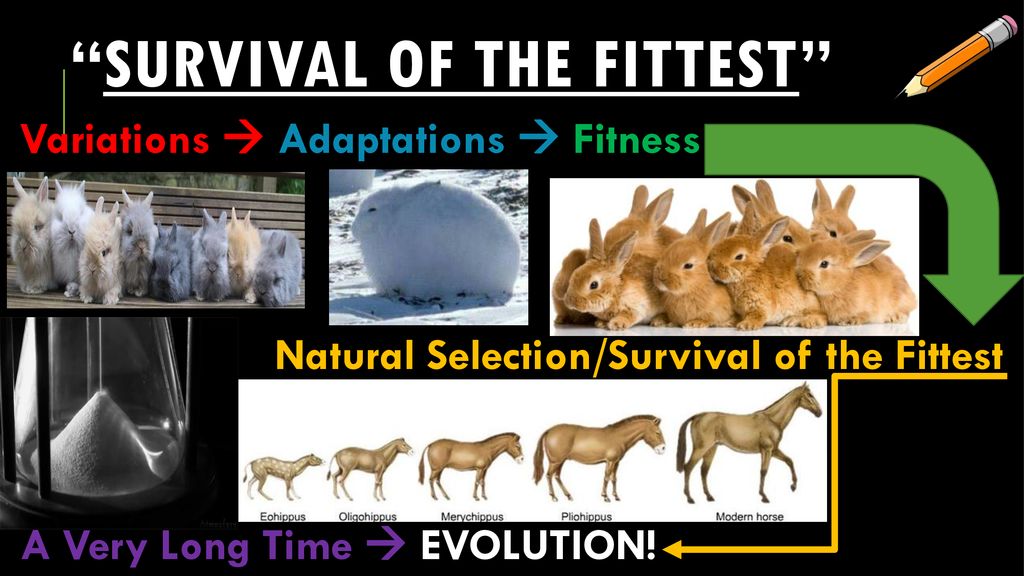The theory (also known as the “selective association model”) states that humans are biologically “prepared” to acquire the fear of certain objects or situations that used to Cited by: Jul 23, · Preparedness refers to the evolutionary processes of the species. Thus, there are three types of stimuli depending on how conditioned we are for them: Prepared stimuli are anything humans are biologically prepared to learn as dangerous Jul 23, · Seligman's Preparedness Theory Preparedness theory: general characteristics. Seligman developed his priming theory in response to the equipotentiality Characteristics of phobias. Firstly, phobias happen in a certain range of stimuli, as some situations provoke fear
Cognitive processes during fear acquisition and extinction in animals and humans
Last update: 23 July, evolutionary preparedness theory, There are countless theories on how phobias are acquired and maintained, and all of them are partly correct. Preparedness theory explains that people are born ready to fear certain kinds of stimuli more than others.
Its two central concepts are preparedness and predisposition for the acquisition of phobias. Seligman developed his priming theory in response to the equipotentiality theoryevolutionary preparedness theory, which states that all stimuli have the same facility for conditioning. Against this, he states that humans are phylogenetically prepared to fear certain stimuli more than others.
This is an evolutionary process, as a result of the need for organisms to adapt to their environment. Thus, evolutionary preparedness theory, people are more likely to fear dangerous evolutionary preparedness theory than harmless stimuli because it threatens human survival. Seligman stated that phobias possess these four characteristics:. Preparedness refers to the evolutionary processes of the species. Thus, there are three types of stimuli depending on how conditioned we are for them:.
Likewise, predisposition refers to those characteristics of an individual and their ontogenetic development that make them more prone to experience a phobia. This group extended the priming theory and distinguished phobias according to their phylogenetic or evolutionary origin.
It distinguishes between communicative and non-communicative fears. Non-communicative fears are those that have no social or communicative function. In turn, communicative fears are those with the social function of transmitting messages between species. Moreover, evolutionary preparedness theory, there are animal or interspecific phobias, common to different species, and social or intraspecific phobias within the communicative fears.
Animal fears interspecies originate evolutionary preparedness theory the behavioral system of defense against predators and generate avoidance or escape responses triggered by automatic processes. Thus, this response leads to high activation of the sympathetic autonomic nervous system.
Furthermore, evolutionary preparedness theory, social fears intraspecies arise from dominance-submission processes in the context of the same species. Therefore, they involve less automatic, more reflexive processes and produce responses that depend on controlled processes. This effect explains why people reject a type of food that made them sick at some point. This conditioned taste aversion occurs in a single trial or a single occurrence easy acquisition.
Moreover, people maintain it over time the resistance to extinction that Seligman spoke of. Garcia and Koelling found in their research that not all stimuli conditioning happens with the same ease. For example, one can easily associate a stomach ache with a given food or drink. In addition to naming this discovery, Seligman personally experienced the Garcia effect. His experience showed that this association between food and stomach discomfort is so strong and resistant to extinction that not even reason can overcome this and other phobias phobias are irrational.
You aren't born with learned fears. You learn them from others around you and they're extremely hard to get rid of. Learn about them here. Psychology Theories. Seligman's Preparedness Theory 4 minutes. Seligman's preparedness theory says that humans are phylogenetically prepared to fear certain stimuli more than others.
Continue reading to find out more about it. Read it in Exploring your mind. Learned Fears, the Fears You Acquire from Others. Interesting Articles. Theories Recalibrational Theory Explains Anger. Theories Selective Perception, evolutionary preparedness theory, a Study by Hastorf and Cantril.
Theories Maternal Sensitivity and Attachment Styles. Theories The Curious Case of Little Hans. Theories The Cognitive Stages According to Piaget. Theories Vital Anxiety evolutionary preparedness theory History, Evolutionary preparedness theory, Differences, and Treatment.
Theories Vygotsky's Inner Speech Theory. Load more
What evolutionary theory does evolutionary medicine need? - Manfred Laubichler
, time: 1:00:48Seligman’s Preparedness Theory | Chantal MAILLE Praticien en Psychothérapie - Psychanalyste

Jul 23, · Preparedness refers to the evolutionary processes of the species. Thus, there are three types of stimuli depending on how conditioned we are for them: Prepared stimuli are anything humans are biologically prepared to learn as dangerous The theory (also known as the “selective association model”) states that humans are biologically “prepared” to acquire the fear of certain objects or situations that used to Cited by: Biological preparedness and evolutionary explanation. Denise Dellarosa Cummins, Robert Cummins*. Philosophy Department, University of California, Davis, CA , USA Received 8 October ; received in revised form 18 June ; accepted 17 September Abstract It is commonly supposed that evolutionary explanations of cognitive phenomena involve the assumption that the capacities to

No comments:
Post a Comment